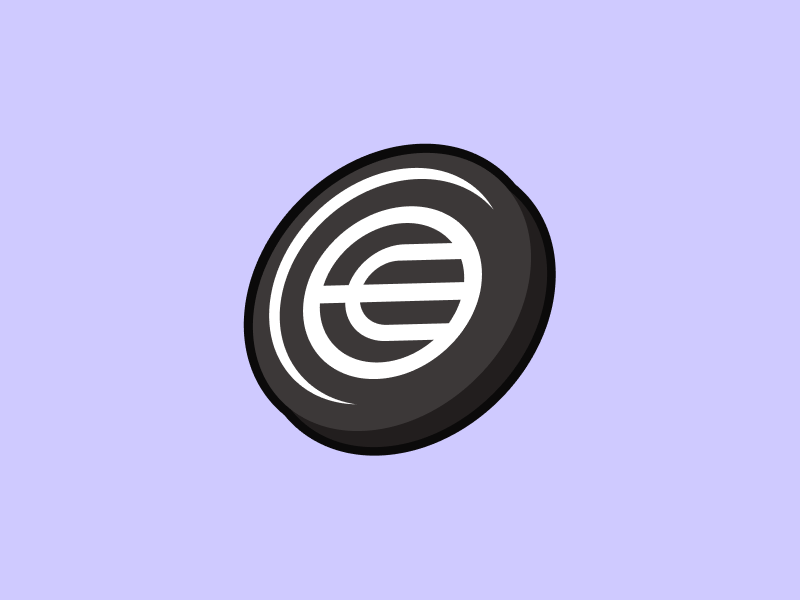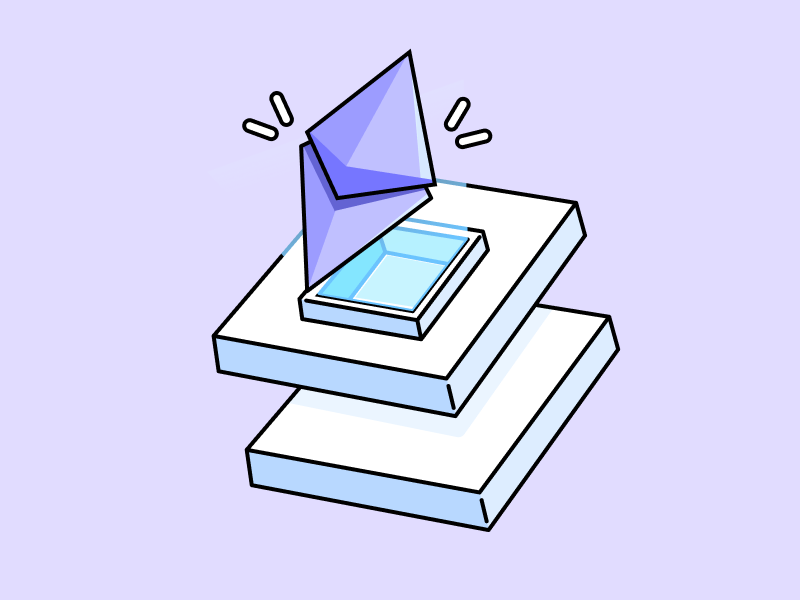The OP Stack Ecosystem and Optimism Superchain
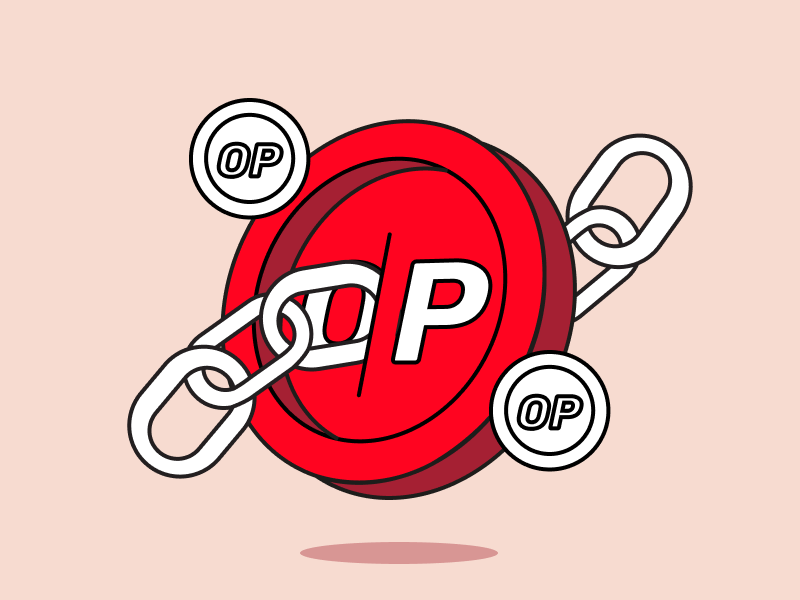
The layer-2 sector is the latest trend in the crypto community. In the past year, Optimism and Arbitrum take center stage due to the many innovative protocols built on both networks. Arbitrum overtook Optimism as it was home to several innovative projects such as Pendle. In an effort to stay competitive, Optimism announced plans for a Superchain that connects all L2 networks built on the OP Stack. So, what are the L2 projects in the OP Stack ecosystem? How can Superchain affect Optimism? This article will explain.
Article Summary
- 🤖 The layer-2 sector is getting a lot of attention in the crypto community, with Optimism and Arbitrum being the main players.
- 🧰 The OP Stack, introduced in October 2022, supports the operation of the Optimism network and aims to simplify and facilitate the creation of new L2 blockchains with high-quality standards.
- ⛓️ Optimism is launching a Superchain plan to connect the entire L2 network running on top of the OP Stack.
- ⚙️ Some of the networks integrated with OP Stack include Base from Coinbase, Zora as an NFT-focused L2, and Worldcoin as a digital identity platform.
- 🧠 “Law of Chains” was introduced by Optimism on July 26, 2023, as the first attempt toward the creation of a Superchain ecosystem that connects various L2 networks in Optimism.
What is OP Stack and Optimism Superchain?
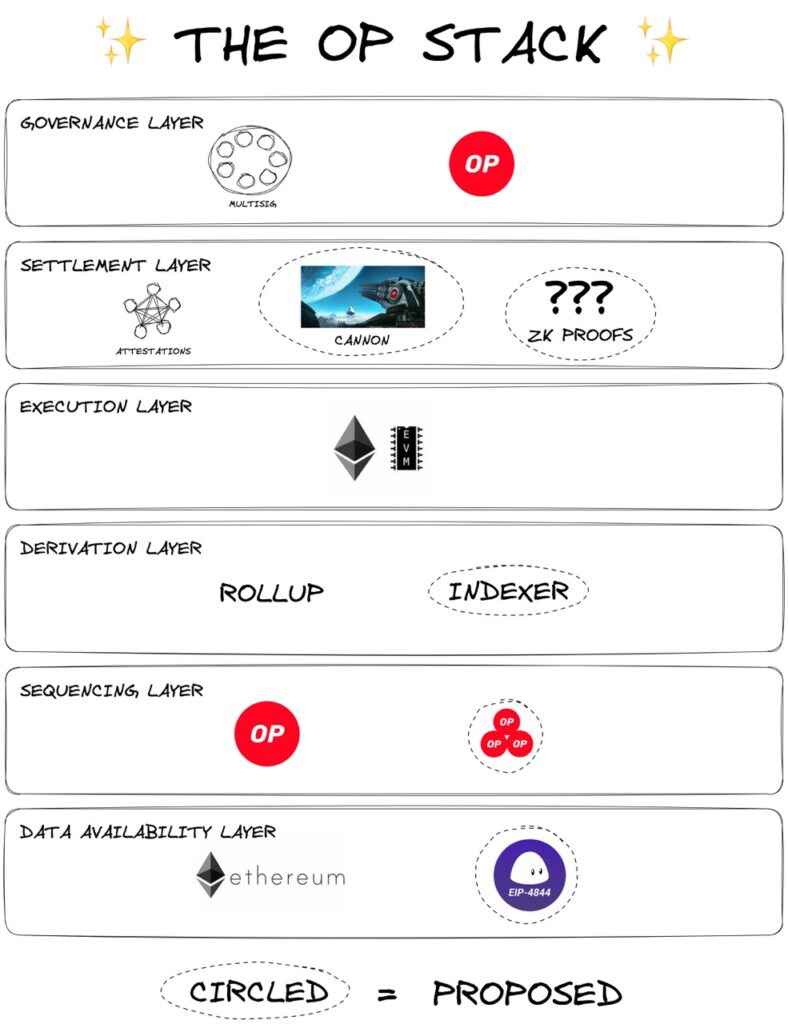
The OP Stack is a set of software that powers the operation of the Optimism network. Currently, the OP Stack helps run the Optimism Mainnet and will later support the Optimism Superchain and its governance. OP Stack was first introduced in October 2022.
The goal of the OP Stack is to create a high-quality, open-source ecosystem for creating new L2 blockchains. This collective standard allows the Optimism Collective to avoid rebuilding the same software over and over again and allows developers to focus on use cases.
The Optimism Collective is the name for the Optimism governance ecosystem consisting of companies, communities, and users. The Optimism Collective is responsible for developing the Optimism network and all its components.
Each component of the OP Stack defines a specific layer of the Optimism ecosystem or fills the role of a module within an existing layer. Essentially, OP Stack exists to help development teams create a new L2 without starting from scratch. The OP Stack creates a strong foundation for the L2 so that developers can focus on innovating its usability and network functionality.
Through OP Stack, the Optimism Collective wants to create the Optimism Superchain ecosystem. The Superchain is an ecosystem of L2 blockchains that shares the same bridging, governance, upgrades, and communication layer built on top of the OP Stack. Furthermore, Superchain will decentralize Optimism Mainnet with various other blockchains joining the OP Chains.
Read more: What is Optimism and what is the Bedrock upgrade?
Principles and Advantages of OP Stack
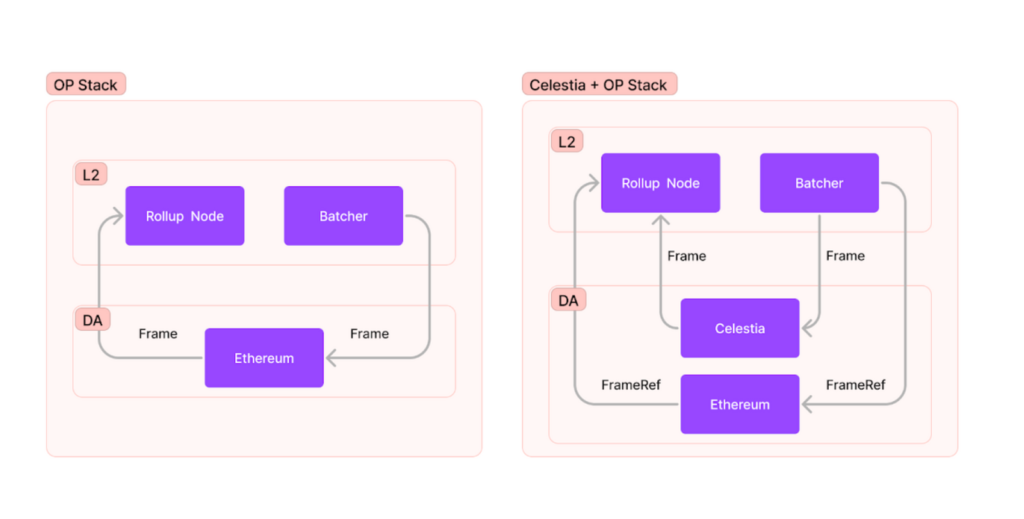
- Modular: OP Stack is built on the principle of modularity. The development team can swap out the various components within the OP Stack to customize it to what they need. Additionally, a modular system will also help the OP Stack adapts to future Ethereum updates.
- Collaboration and Extensibility: Optimism expects all L2s built using OP Stack to promote collaboration and extensibility in their network code. Extensibility allows other development teams to utilize and add functionality to the code that a particular team has created. So, Optimism expects this will create a collaborative attitude within the OP Stack ecosystem.
- Simplification: OP Stack essentially simplifies the complex process of creating an L2. Furthermore, simplification reduces potential security risks arising from developer errors and expands accessibility for more teams. Simple code also improves scalability as it is easy to replicate and expand.
Optimism OP Stack Ecosystem
1. Base
Base is a layer-2 blockchain created by Coinbase. The Base project was announced at the end of February 2023. Furthermore, Coinbase explains that Base represents its commitment to on-chain. Of course, Base is built using Optimism’s OP Stack. Base will launch on August 9 with various on-chain events.
Currently, Base’s TVL (total stored assets) has reached $118 million dollars, surpassing Starknet and Immutable X. Base also announced that it will not launch a token and will utilize ETH.
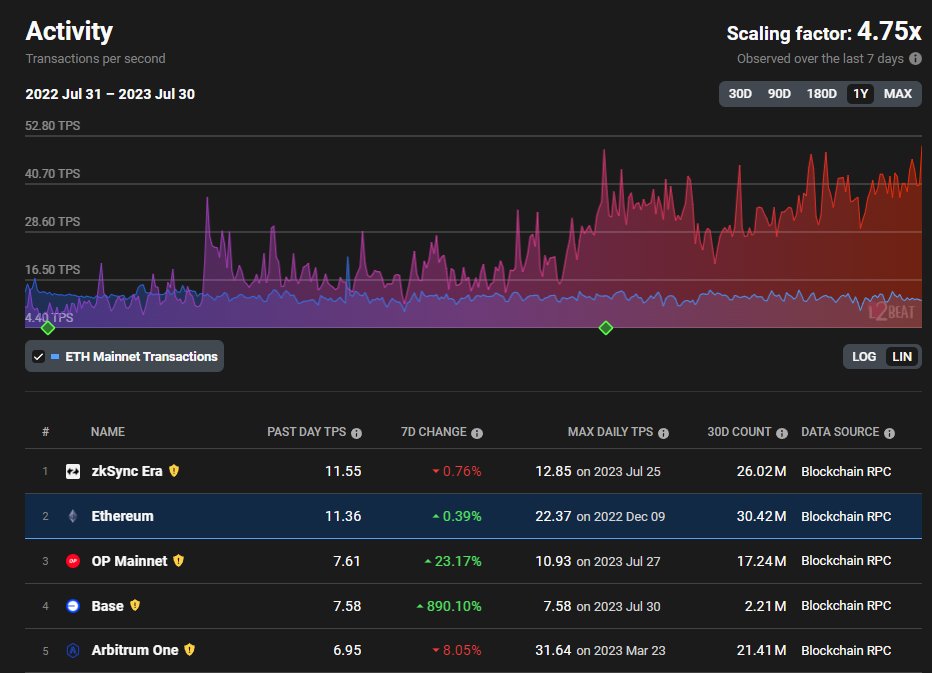
In late July, network activity on Base increased dramatically due to the BALD meme coin trend. The price of BALD increased by more than 1000% and Base’s volume rose by more than $100 million in a day. BALD sparks further interest in Base. Unfortunately, BALD turned out to be a rug pull and many traders lost money. However, BALD’s success sparked hundreds of other meme coins on Base.
However, the Base ecosystem does not only contain meme coins. Dozens of Ethereum applications expand to the Base network. OpenSea, UniSwap, GMX, Stargate, and Synthetix are some of the DApps already operating on Base. The number of apps on Base will surely continue to increase as we get closer to the mainnet launch date.
2. Zora
Zora is an NFT-focused L2 network built using the OP Stack. Zora’s NFT platform offers an easy-to-use and simple interface. So, you can use Zora to create new collections, trade NFTs, and collect various commemorative NFTs. Also, because Zora uses OP Stack, the transaction fees you have to pay are very low (around 1-10 thousand rupiah). You must first move your ETH from Ethereum to Zora to start transacting.
One of the things that attracts many people to Zora is the potential for airdrops. On its terms and conditions page, Zora mentions that it has a rewards program for its users such as airdrops. So, this also confirms that Zora will have a native token.
Recently, Zora creates a revenue-sharing program for artists and developers on its network. So, NFT artists and development teams that create NFTs will get a portion of the total platform fees that Zora earns (about $1.40 per mint). NFT Twitter shows positive signals toward the program.
3. Worldcoin
Worldcoin is a digital identity platform that uses eye-scanning technology to create a blockchain-based global identity network. Furthermore, Worldcoin utilizes this global identity network to create a financial ecosystem within the World App application. Additionally, Worldcoin uses the OP Stack framework for its architecture.
The Worldcoin project was created by Sam Altman, CEO of OpenAI, with Max Novendstern and Alex Blania. It has raised hundreds of millions of dollars in funding from various investors.
Worldcoin obtains its data through a machine called The Orb that will scan the eyes of people. Iris scanner data is then converted into a code that can be read by Worldcoin’s proof-of-personhood (PoP) system. The Orb will immediately delete the image of the person to maintain privacy.
Worldcoin has three main products: World ID, World App, and WLD token. World App is a Worldcoin financial application where users can send crypto while World ID is an identity network built using the Worldcoin SDK. The WLD token is a governance token airdropped to users who uses the Orb.
The Superchain Dream
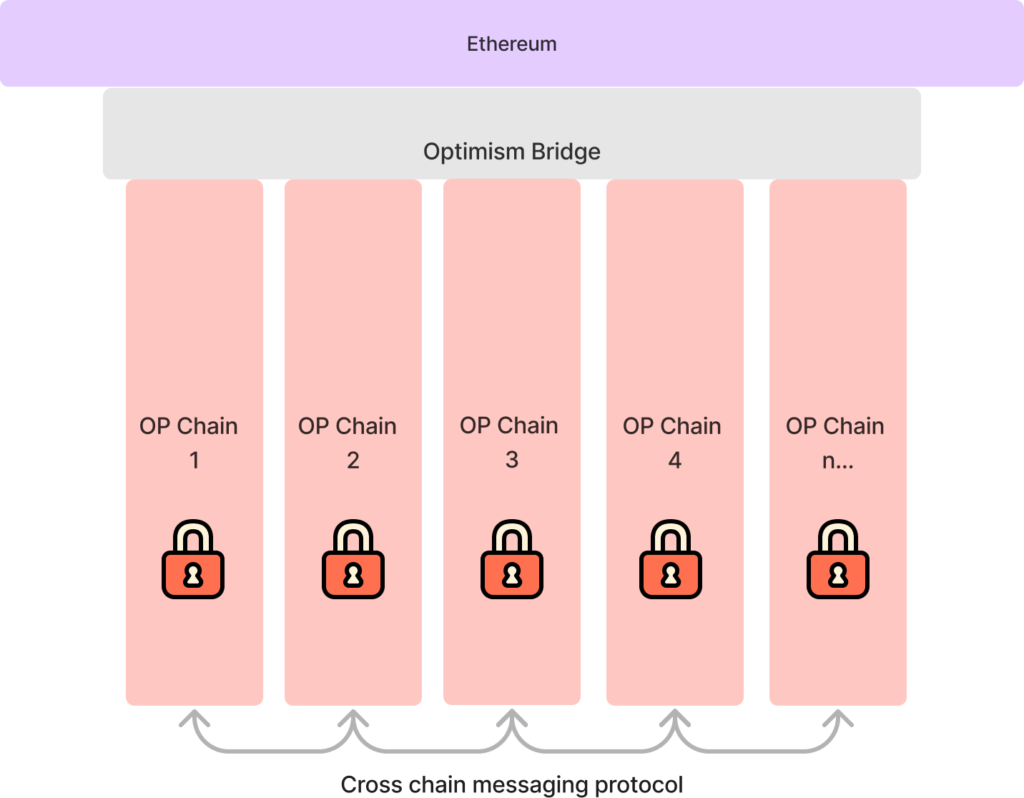
On July 26, 2023, Optimism introduced the Law of Chains proposal, a proposal to connect blockchain networks that already use the OP Stack. The Law of Chains introduces a collective governance process for all OP Chains. So, this is the first stage of creating a connected Superchain ecosystem.
One of the interesting things about the proposed Law of Chains is that Optimism emphasizes that Superchain is a social contract, not a legal one. So, participating in the Superchain is optional. The Law of Chains proposal will go through a long discussion phase.
Optimism’s Superchain dream will go through a long process because it is very complex. All stakeholders need to determine the various components of the Superchain from determining security standards, sequencer systems, and modifications to the Optimism Bridge. If this plan goes through, Optimism will create the first L2 ecosystem on Ethereum.
Conclusion
The layer-2 sector has been a major topic in the crypto community with Optimism and Arbitrum taking center stage. So, in an effort to become a sector leader, Optimism released plans for a Superchain that will connect all L2 networks on top of the OP Stack. The OP Stack itself is a number of software tools that support the operation of the Optimism network, designed to facilitate the creation of new L2 blockchains with high-quality standards. Through OP Stack, the Optimism Collective hopes to create Superchain, an ecosystem that combines various L2 blockchains that use OP Stack. There are several networks with OP Stack such as Base from Coinbase, Zora as an NFT platform, and Worldcoin as a digital identity platform. On July 26, 2023, Optimism introduced the “Law of Chains” a proposed collective governance system to realize the Superchain vision.
How to Buy OP on the Pintu App
You can start investing in Solana by buying OP on the Pintu app. Here is how to buy crypto on Pintu:
- Create a Pintu account and follow the process of verifying your identity to start trading.
- On the homepage, click the deposit button and top up the Pintu balance using your preferred payment method.
- Go to the market page and look for Optimism .
- Click buy and fill in the amount you want.
- Now you are an OP investor!
In addition, the Pintu application is compatible with various popular digital wallets such as Metamask to facilitate your transactions. Go and download the Pintu cryptocurrency app on Play Store and App Store! Pintu is regulated and supervised by Bappebti and Kominfo.
You can also learn crypto through the various Pintu Academy articles which are updated every week! All Pintu Academy articles are for educational purposes, not financial advice
References
- “Welcome to the OP Stack,” OP Stack Docs, accessed on 4 August 2023.
- “Bedrock Explainer,” OP Stack Docs, accessed on 4 August 2023.
- “Superchain Explainer,” OP Stack Docs, accessed on 4 August 2023.
- Beau Chaseling, “Understanding the OP Stack,” Zerocap, accessed on 7 August 2023.
- Michael de Hoog, “Contributing to the Scalability of Base and the OP Stack,” Mirror, accessed on 7 August 2023.
- Stephanie Dunbar, “Into the Superchain: The Rise of Ethereum-Centric Rollup Ecosystems,” Messari, accessed on 7 August 2023.
- Optimism Collective, “Introducing the Law of Chains,” Mirror, accessed on 7 August 2023.
Share
Related Article
See Assets in This Article
OP Price (24 Hours)
Market Capitalization
-
Global Volume (24 Hours)
-
Circulating Supply
-
